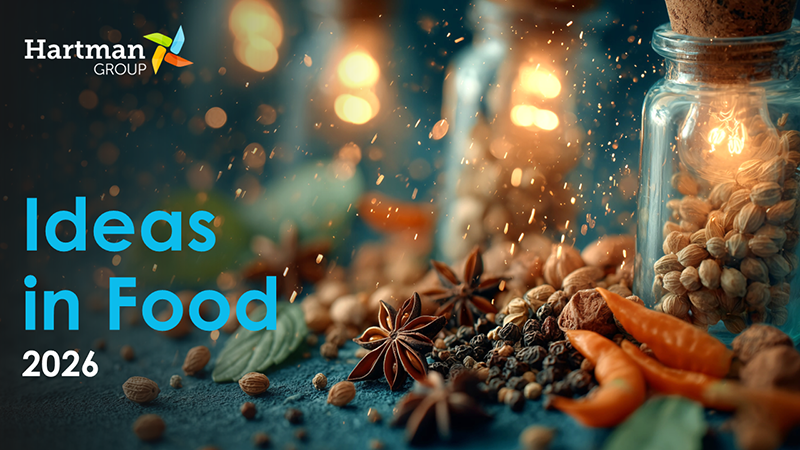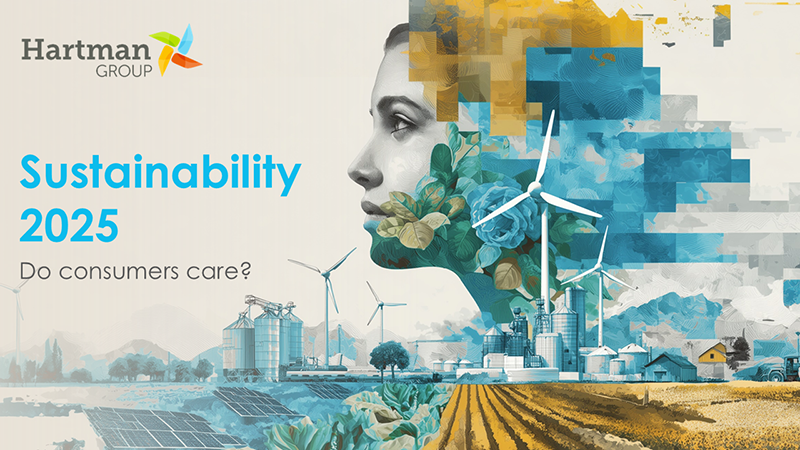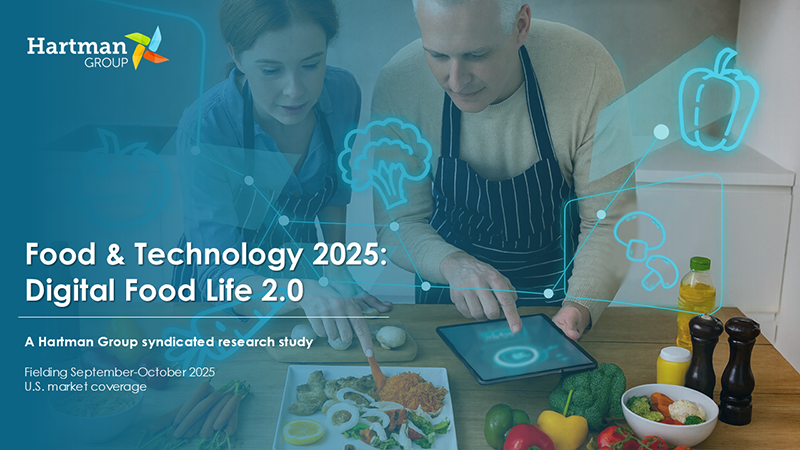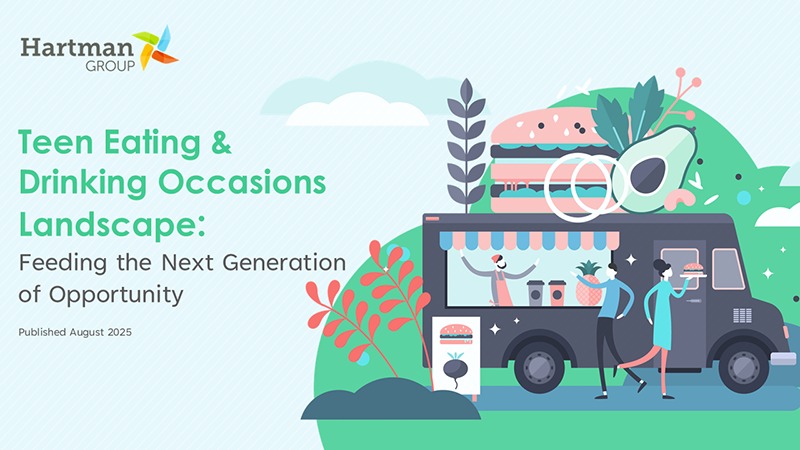Reports
From long-running tracker studies to emerging trending topics, these reports combine qualitative ethnography with quantitative surveys to ground your strategy in insights and inspire innovation.
Latest reports

Claims and Cues 2026: Category Attribute Playbook
Claims and Cues 2026: Category Attribute Playbook will crack the code on what drives purchase today across 20+ categories. Discover how cultural change, on-pack communication, and brand credibility intersect to shape consumer choice—and how your brand can stay ahead of the curve.
Learn more Add to Cart
Ideas in Food 2026
Ideas in Food 2026 unpacks 22 emerging trends that have the potential to develop into established trends over the next 3-5 years. These nascent ideas have potential as they meaningfully connect to three enduring macro trends that have been the backbone of Ideas in Food for the past several years. Step into the future with the confidence that comes from a culturally informed innovation strategy.

Sustainability 2025: Do Consumers Care?
As sustainability evolves from a buzzword into a cultural expectation of care, this report explores what consumers truly value, why these priorities matter to them and what their actions, and inactions, reveal about their values and constraints. Since the term 'sustainability’ has lost its relevance, this report helps brands communicate with consumers about what really matters.
Learn more Add to Cart
Food & Technology 2025: Digital Food Life 2.0
Food culture and digital technologies have become inextricably tied as consumers engage with digital media and other technologies daily to become informed and inspired and to acquire and create. This report will provide food and beverage brands, retailers and food service providers with crucial insights on cultural change, paths of digital influence and purchase, and ultimately, what it means for brands today.
Learn more Add to Cart
Teen Eating & Drinking Occasions Landscape: Feeding the Next Generation of Opportunity
Understanding teens’ eating and drinking habits today is essential for brands looking to build trust and loyalty with the shoppers and diners of tomorrow.
Learn more Add to Cart
Food Sourcing in America 2025: Fragmentation and Focus
Food and beverage sourcing has grown increasingly fragmented, and retailers are battling for their slice of a seemingly shrinking pie. “Food Sourcing in America 2025” illuminates the shifting world of food shopping, uncovering where stores and brands can better align with evolving shopper needs to attract the right shopper’s attention, food dollars and, ultimately, their loyalty.
Learn more Add to Cart
Health & Wellness 2025: The Interplay of Vitality and Longevity
As wellness takes on an increasingly diverse meaning, consumers seek more than just immediate benefits: they aspire for better quality of life for a longer period of time. This report explores the "twin pursuits" of vitality and longevity to help CPG industry players meet the complex health needs of today’s consumers, from the highly engaged wellness enthusiasts to those newly exploring the concept of living and aging well.
Learn more Add to Cart
Eating & Drinking Occasions Landscape 2024: Underlying Currents of Change
Understanding differences in how eating behaviors shift across the day and by generational cohorts — as they did in 2024 — is key to finding new opportunities. Eating & Drinking Occasions Landscape 2024 provides an in-depth look into how consumers ate and drank in 2024 compared to 2023, while also looking back at the past 6 years to identify key shifts — and subsequent stabilizations — among U.S. adults overall.
Learn more Add to Cart
Premiumization and Everyday Value(s) 2025: Prioritization of Personal Relevance
Gone are the days when premium was solely associated with high prices and exclusivity. “Premiumization & Everyday Value(s) 2025” explores contemporary food quality from the consumer’s perspective: premium attributes and values, category nuances, occasion dynamics and more.
Learn more Add to CartSyndicated report bundles
Hartman Group’s annual four-report bundles offer a comprehensive look at key trends across the food & beverage landscape. In addition to preferred pricing, early sponsorship of annual bundles can include benefits like the inclusion of custom segmentations, typing tools and more. Bundle pricing is available with the purchase of two or more reports.
Explore current bundlesIf you're interested in a specific topic or need customized recommendations, reach out to our team! We'd love to discuss your unique research needs and tailor a solution to your goals.
Let’s chat